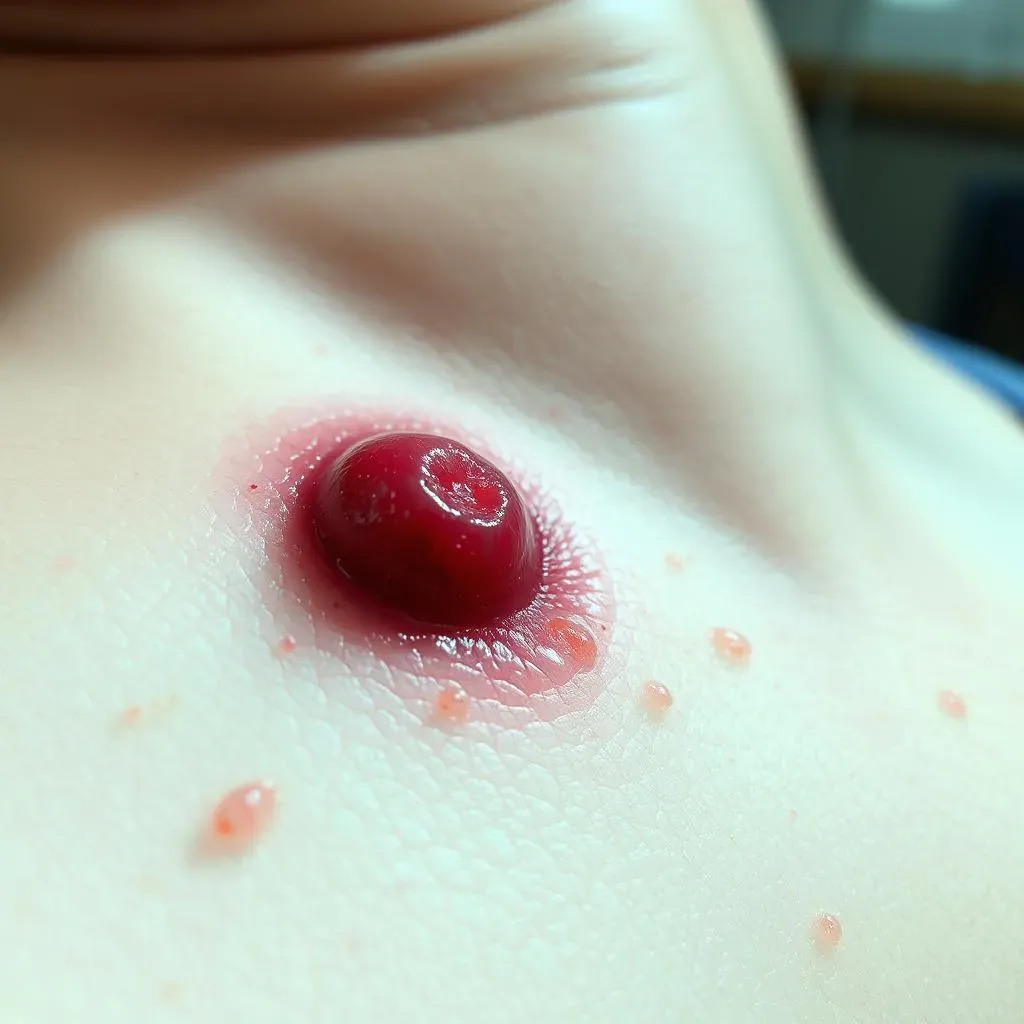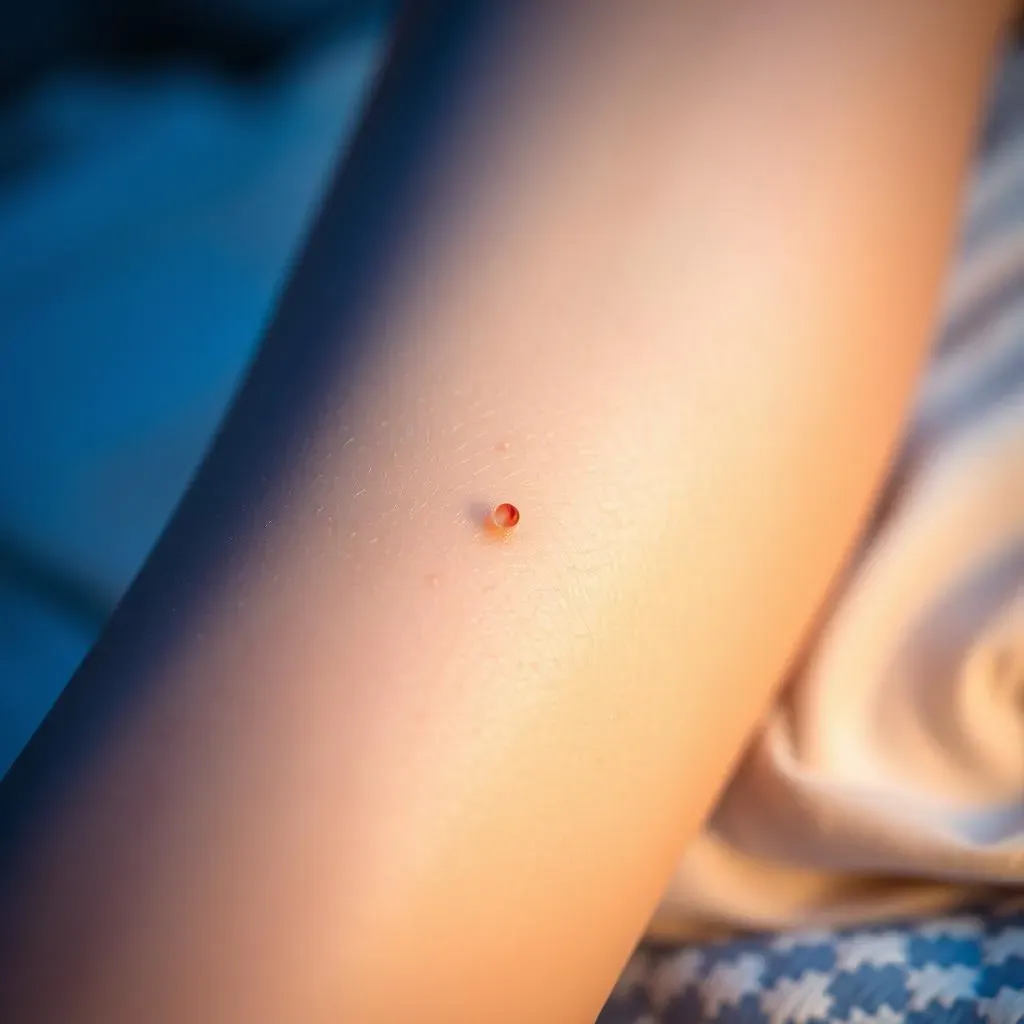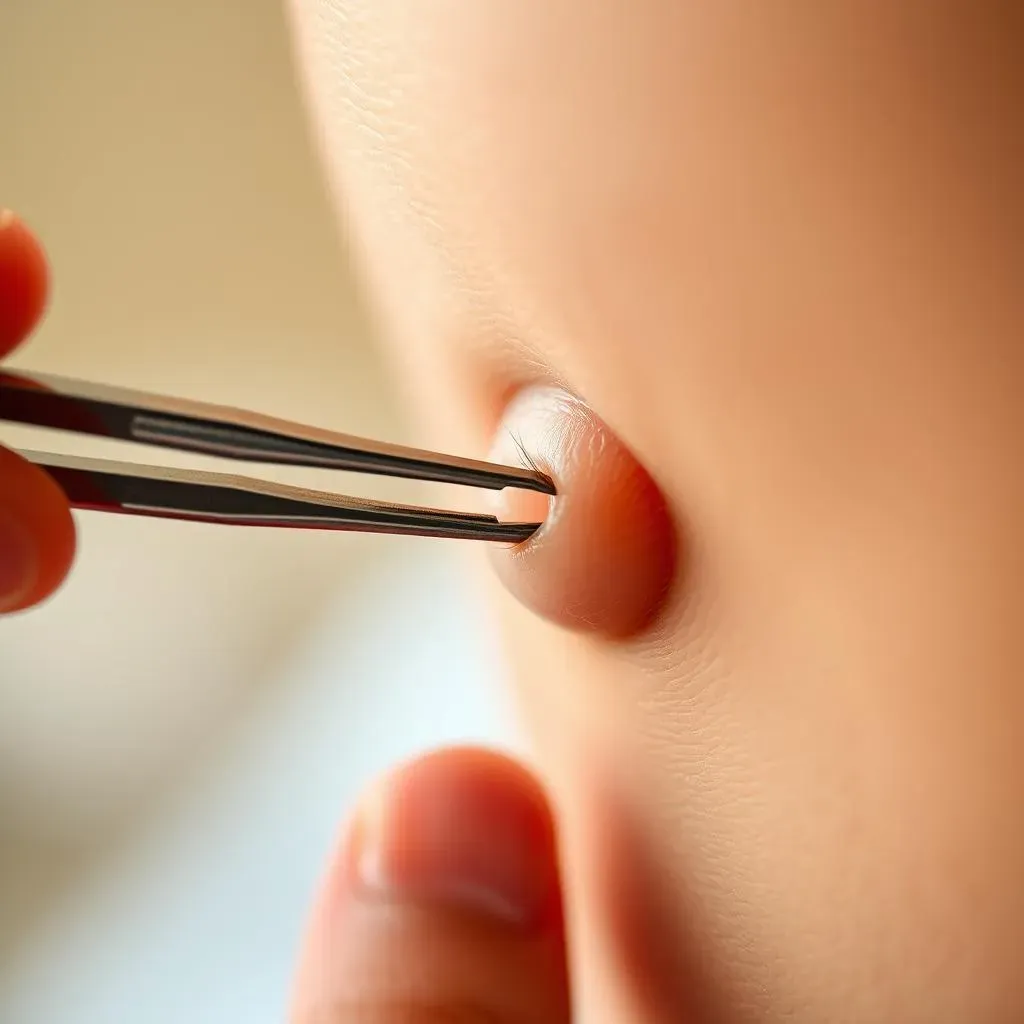Table of Contents
Ingrown hairs are a common problem for many individuals, causing discomfort, pain, and embarrassment. These pesky hairs occur when a strand grows back into the skin, leading to inflammation, redness, and sometimes infection. If you're struggling with ingrown hairs, you're not alone. The good news is that there are effective ways to prevent and treat them. In this article, we'll delve into the world of ingrown hairs, exploring their causes, symptoms, diagnosis, and treatment options. We'll also discuss the best methods for removal ingrown hair, including proper shaving techniques, exfoliation, and professional treatments like laser hair removal. Whether you're looking to prevent ingrown hairs or need help managing existing ones, this guide will provide you with the knowledge and tools to achieve smooth, healthy skin. So, let's get started on this journey to ingrown hair-free living!
Understanding Ingrown Hair: Causes and Symptoms

Understanding Ingrown Hair: Causes and Symptoms
What are Ingrown Hairs?
Ingrown hairs occur when a hair grows back into the skin instead of outward, causing inflammation, redness, and sometimes infection. This can happen anywhere on the body where hair is removed, such as the face, legs, armpits, and pubic area. Ingrown hairs are more common in individuals with curly or coarse hair, as these hair types are more prone to curling back into the skin.
Symptoms of ingrown hairs include small bumps, pain, discoloration, and itching. If left untreated, ingrown hairs can lead to infection, which may require medical attention. It's essential to recognize the signs of ingrown hairs early on to prevent further complications.
Symptom | Description |
|---|---|
Redness and inflammation | The affected area becomes red, swollen, and painful to the touch. |
Pus or discharge | Infected ingrown hairs may produce pus or discharge, which can be a sign of a bacterial infection. |
Itching and burning | The skin may feel itchy or burn, especially when the ingrown hair is touched or irritated. |
Causes and Risk Factors
Ingrown hairs are often caused by improper hair removal techniques, such as shaving too closely, tweezing, or waxing. Other risk factors include having curly or coarse hair, tight clothing that rubs against the skin, and poor skin care habits. To reduce the risk of ingrown hairs, it's crucial to use proper hair removal methods and maintain good skin care.
- Shave in the direction of hair growth, not against it.
- Exfoliate regularly to remove dead skin cells and prevent clogged pores.
- Avoid tight clothing that can cause friction and irritation.
- Keep the skin moisturized to reduce irritation and promote healing.
Diagnosis and Treatment of Ingrown Hair

Diagnosis and Treatment of Ingrown Hair
Diagnosing Ingrown Hair
Ingrown hairs are typically diagnosed through a physical examination of the affected area. A healthcare provider may look for signs of inflammation, redness, and swelling, and ask questions about your hair removal habits and skin care routine. In some cases, a biopsy may be performed to rule out other skin conditions, such as acne or folliculitis.
If you suspect you have an ingrown hair, it's essential to seek medical attention if you experience severe symptoms, such as increased redness, swelling, or pus. Early diagnosis and treatment can help prevent complications and promote faster healing.
Symptom | Description | When to Seek Medical Attention |
|---|---|---|
Mild redness and inflammation | The affected area is slightly red and swollen. | No immediate attention needed, but continue to monitor. |
Moderate redness and swelling | The area is noticeably red, swollen, and painful to the touch. | Seek medical attention if symptoms persist or worsen. |
Severe symptoms (pus, discharge, increased pain) | The area is severely inflamed, with pus or discharge, and significant pain. | Seek immediate medical attention to prevent infection. |
Treatment Options for Ingrown Hair
Treatment for ingrown hairs usually involves a combination of self-care measures and medical interventions. For mild cases, stopping hair removal and applying warm compresses may be sufficient to promote healing. Topical creams or ointments, such as hydrocortisone or antibiotic creams, can help reduce inflammation and prevent infection.
In more severe cases, medications like oral antibiotics or steroid injections may be prescribed. In some instances, procedures like electrolysis or laser hair removal may be recommended to permanently remove the hair follicle and prevent future ingrown hairs.
- Apply warm compresses to the affected area to reduce swelling and promote drainage.
- Use topical creams or ointments to reduce inflammation and prevent infection.
- Avoid picking or scratching the ingrown hair, as this can lead to further irritation and scarring.
- Consider professional hair removal methods, such as electrolysis or laser hair removal, for long-term relief.
Removal Ingrown Hair: Prevention and Management Strategies

Removal Ingrown Hair: Prevention and Management Strategies
Preventing Ingrown Hairs
Preventing ingrown hairs is easier than treating them. By adopting proper hair removal techniques and maintaining good skin care habits, you can reduce the risk of developing ingrown hairs. Here are some strategies to help you prevent ingrown hairs:
- Exfoliate your skin regularly to remove dead skin cells and prevent clogged pores.
- Use a gentle shaving cream or gel and shave in the direction of hair growth.
- Avoid shaving too closely, as this can cause hairs to become trapped in the skin.
- Wear loose, breathable clothing to reduce friction and irritation.
Prevention Method | Description | Benefits |
|---|---|---|
Exfoliation | Removing dead skin cells to prevent clogged pores | Reduces risk of ingrown hairs and improves skin texture |
Proper Shaving Techniques | Shaving in the direction of hair growth, using shaving cream | Prevents hairs from becoming trapped in the skin |
Loose Clothing | Reducing friction and irritation on the skin | Minimizes the risk of ingrown hairs in sensitive areas |
Managing Ingrown Hairs
If you do develop an ingrown hair, there are several management strategies to help alleviate symptoms and promote healing. Here are some tips to help you manage ingrown hairs:
- Apply warm compresses to the affected area to reduce swelling and promote drainage.
- Use topical creams or ointments, such as hydrocortisone or antibiotic creams, to reduce inflammation and prevent infection.
- Avoid picking or scratching the ingrown hair, as this can lead to further irritation and scarring.
Management Strategy | Description | Benefits |
|---|---|---|
Warm Compresses | Applying a warm, damp cloth to the affected area | Reduces swelling and promotes healing |
Topical Creams | Applying creams to reduce inflammation and prevent infection | Minimizes the risk of infection and promotes faster healing |
Avoid Picking or Scratching | Refraining from touching or scratching the ingrown hair | Prevents further irritation, scarring, and infection |
Living with Ingrown Hair: Tips for LongTerm Relief

Living with Ingrown Hair: Tips for LongTerm Relief
Embracing a Long-Term Solution
Living with ingrown hairs can be frustrating and painful, but there are steps you can take to achieve long-term relief. One of the most effective ways to prevent ingrown hairs is through professional hair removal methods. Laser hair removal, for example, uses a laser to target and destroy hair follicles, reducing the risk of ingrown hairs. This method is safe and effective for all skin types, making it an ideal solution for those who struggle with frequent ingrown hairs.
Another long-term solution is electrolysis, which involves inserting a fine needle into the hair follicle and applying an electric current to destroy the root. While this method can be more time-consuming and expensive than laser hair removal, it is a permanent solution that can provide long-term relief from ingrown hairs.
Professional Hair Removal Method | Description | Benefits |
|---|---|---|
Laser Hair Removal | Uses a laser to target and destroy hair follicles | Permanent, safe, and effective for all skin types |
Electrolysis | Destroys hair follicles with an electric current | Permanent, suitable for small areas and sensitive skin |
Maintaining Healthy Skin
In addition to professional hair removal methods, maintaining healthy skin is crucial for preventing ingrown hairs. Exfoliating regularly helps remove dead skin cells and prevent clogged pores, reducing the risk of ingrown hairs. Using gentle skincare products and avoiding harsh chemicals can also help keep the skin balanced and reduce irritation.
Staying hydrated by drinking plenty of water is also essential for maintaining healthy skin. Hydrated skin is more resilient and less prone to irritation, making it less likely to develop ingrown hairs. A balanced diet rich in fruits, vegetables, and whole grains can also help promote healthy skin and reduce the risk of ingrown hairs.
- Exfoliate regularly to remove dead skin cells
- Use gentle skincare products suitable for your skin type
- Stay hydrated by drinking plenty of water
- Eat a balanced diet rich in fruits, vegetables, and whole grains
Conclusion
Ingrown hairs can be a frustrating and painful problem, but there are many effective ways to prevent and treat them. By understanding the causes and symptoms of ingrown hairs, seeking proper diagnosis and treatment, and adopting healthy skincare habits, you can achieve long-term relief from ingrown hairs.
Remember, prevention is key. By using proper hair removal techniques, exfoliating regularly, and maintaining healthy skin, you can reduce the risk of ingrown hairs and enjoy smooth, healthy skin. Whether you choose professional hair removal methods or stick to at-home treatments, taking control of your skin health is the first step towards a life free from ingrown hairs.
Tips for Ingrown Hair Prevention | Benefits | Frequency |
|---|---|---|
Exfoliate regularly | Removes dead skin cells, prevents clogged pores | 1-2 times per week |
Use gentle skincare products | Maintains skin balance, reduces irritation | Daily |
Stay hydrated | Keeps skin resilient, reduces irritation | Daily |
Conclusion: Achieving Smooth Skin with Effective Removal Ingrown Hair Strategies
Ingrown hairs can be a frustrating and painful issue, but with the right knowledge and techniques, you can prevent and treat them effectively. By understanding the causes and symptoms of ingrown hairs, exploring diagnosis and treatment options, and implementing prevention and management strategies, you can say goodbye to the discomfort and embarrassment they bring. Remember, removal ingrown hair is not just about treating the symptoms, but also about adopting healthy hair removal habits and skin care routines. With the tips and insights provided in this article, you'll be well on your way to enjoying smooth, healthy skin. So, take control of your skin health today and start your journey towards an ingrown hair-free tomorrow with the best removal ingrown hair methods.
